Kagoshima Prefecture is located in the southernmost part of Japan, with a large area, stretching 600km from north to south, with many unique islands and beautiful natural scenery.
Kagoshima is famous for landmarks such as the active volcano Sakurajima, Yakushima Island - Japan's first world heritage site, Amami Oshima Island and Tokunoshima Island - two islands recognized as heritage sites in 2021...
Kagoshima is also blessed with favorable conditions to become a place that provides abundant, high-quality food sources, from vegetables to meat and seafood.
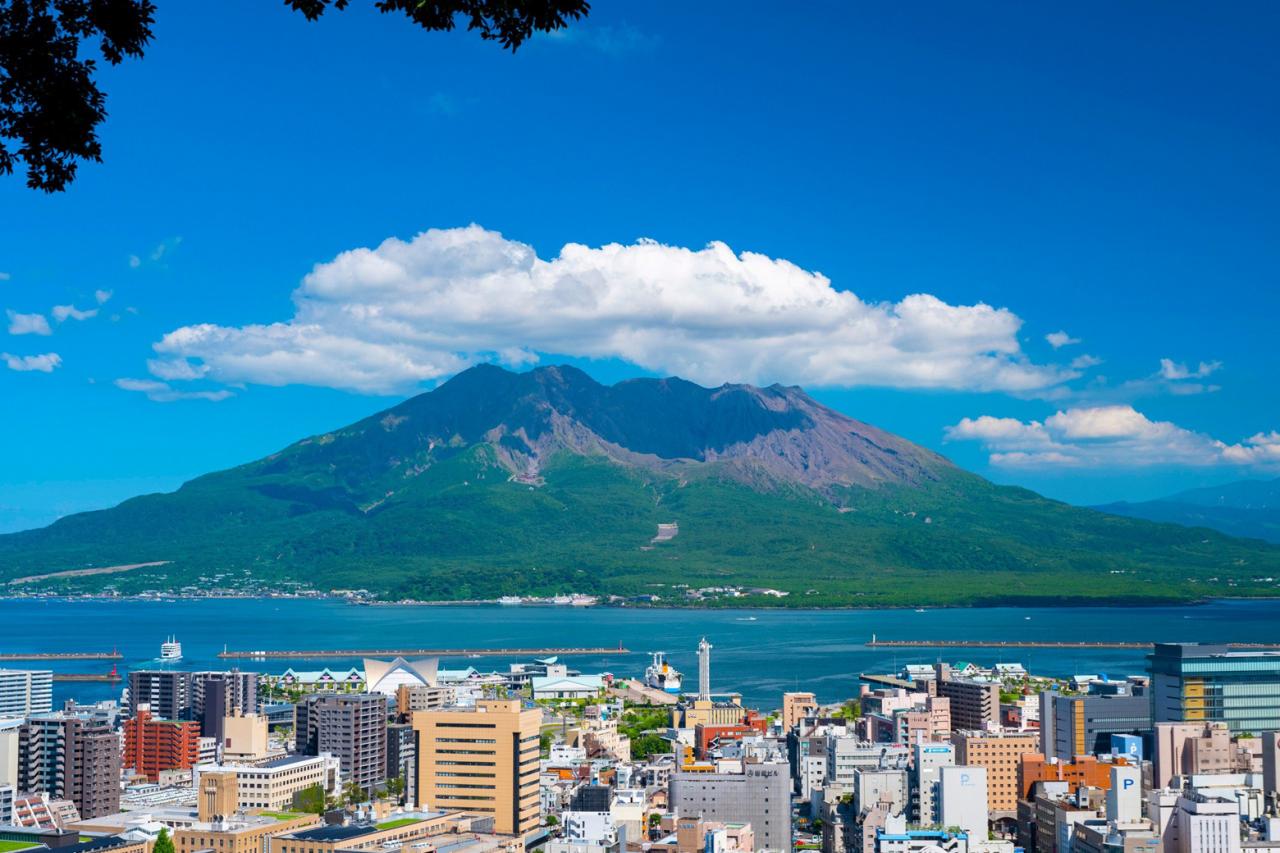
On January 8, the Kagoshima Prefecture Agricultural Administration, Japan, organized an event to introduce specialties from this province to many chefs and restaurant owners in Vietnam. This is an activity within the program to promote Japan-Vietnam exports.
Orange fish
Kinko Bay, surrounded by the Sakurajima volcano, with a depth of 200 m, is one of the leading aquaculture production areas in Japan. The warm Kuroshio current flows from south to north, bringing with it a variety of delicious seafood.
Coming to this bay in particular and Kagoshima Prefecture in general, visitors should not miss the specialty of yellowtail. Yellowtail farming in the prefecture began in the 1990s and has grown steadily. Currently, this place supplies up to 50% of Japan's yellowtail production and is also the largest producer of yellowtail in the country.
Kagoshima yellowtail is fed a special food mixed with green tea. According to Mr. Sakota - Director of the Food Brand Development and Export Strategy Division, Kagoshima Prefecture Agricultural Administration, feeding yellowtail tea helps maintain freshness, increases vitamin E content and reduces cholesterol content. In addition, tea also helps remove the fishy smell of the fish and makes the meat more transparent and beautiful.
Mr. Phan Van Lanh, owner of a famous Japanese restaurant in Ho Chi Minh City, shared his feelings: “Orange fish is also a special dish that diners should consider. The fish is not fishy, chewy, crispy, and has a unique taste.”
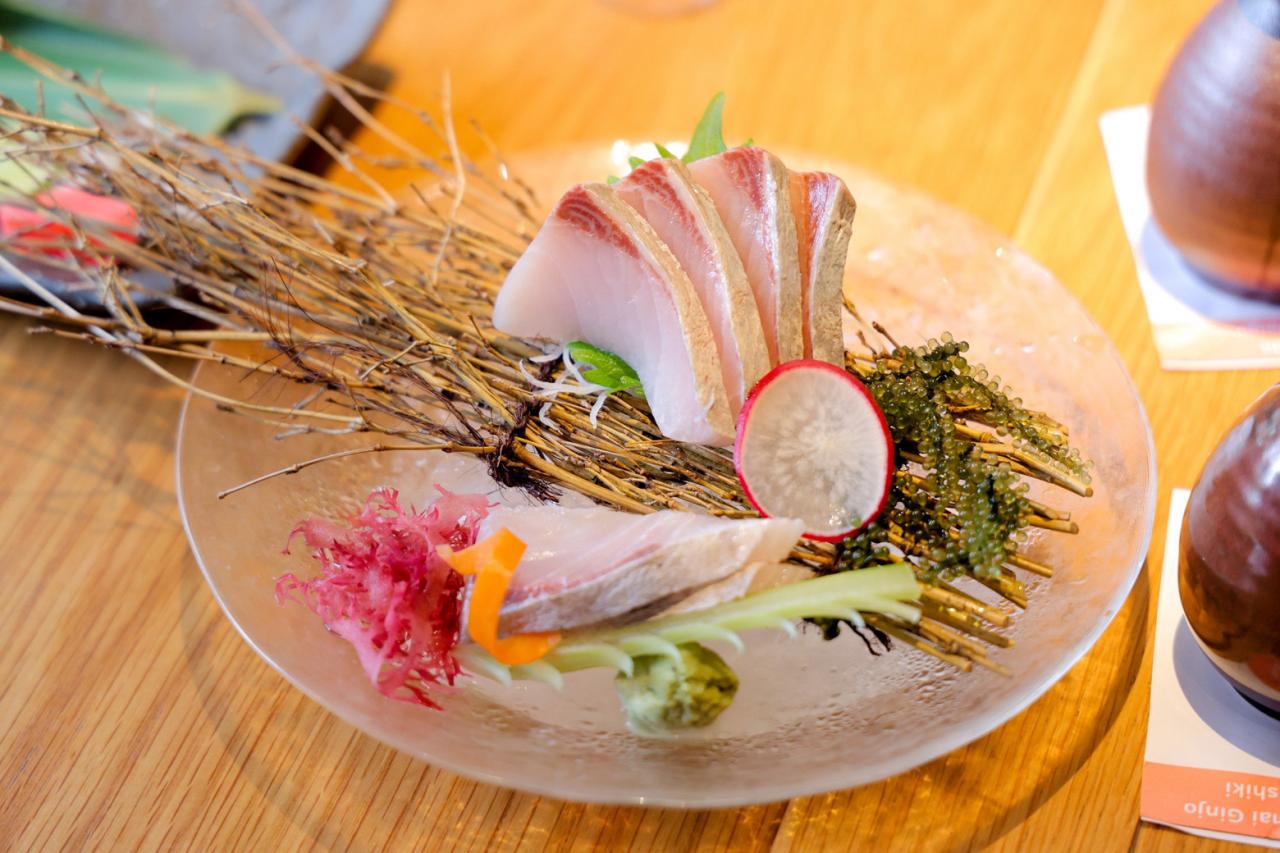
Kuroge beef
In Japan, the breeding of "Japanese Kuroge" cattle with excellent meat quality is popular. Kagoshima is the locality with the largest number of "Japanese Kuroge" cattle. The Kuroge beef here has 3 characteristics: The meat is smooth and tender; The muscle fibers of the meat are interspersed with fat fibers with a soft texture, when enjoyed, it will bring a melting experience in the mouth; And the unique sweetness, rich aroma.
In Japan, the “Wagyu Olympic Games” are held every five years. This event brings together representatives of “Japanese Kuroge Beef” from all over the world and is judged in nine categories, including productivity and meat quality.
Kagoshima beef topped six categories at the 2022 competition and has been rated the best in Japan for two consecutive competitions. The beef is being promoted overseas as “Kagoshima Wagyu.”
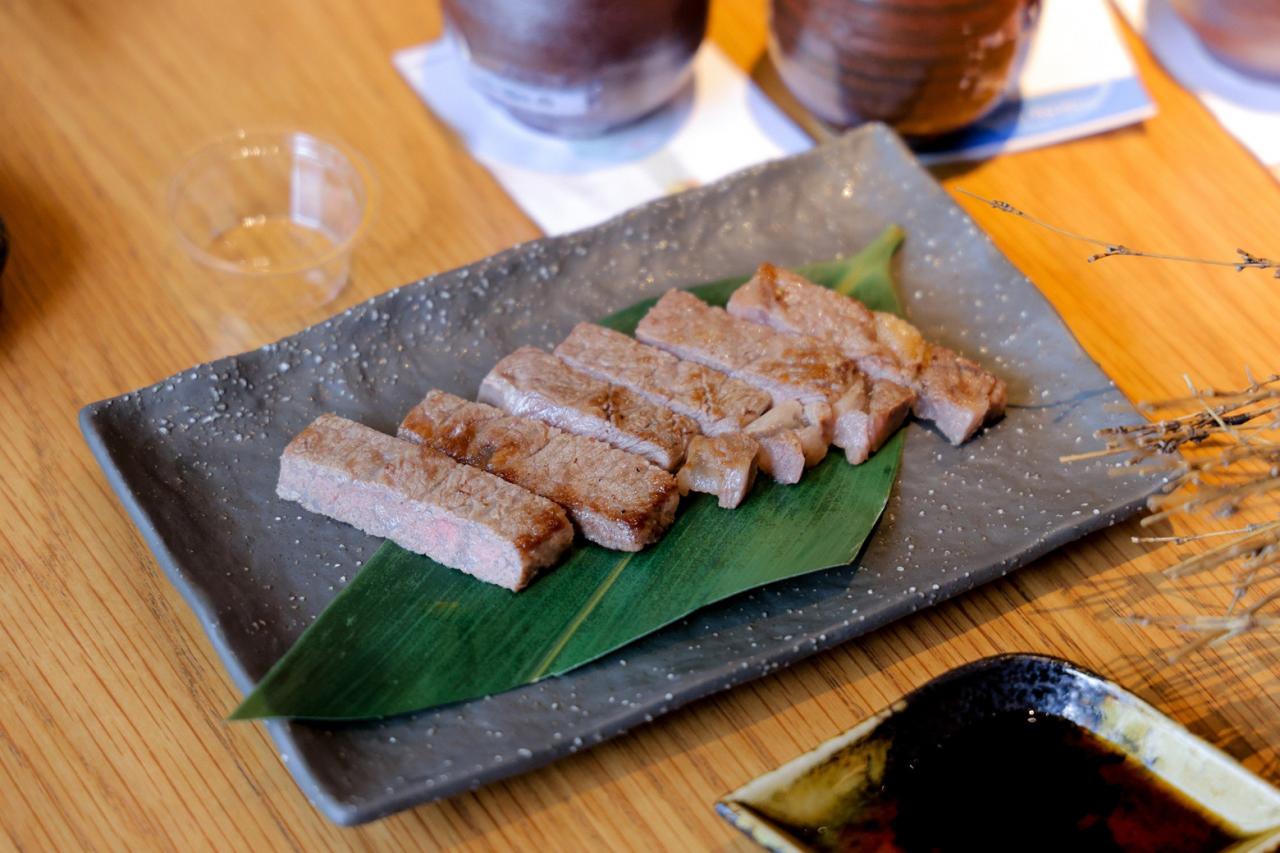
Tea
The mainland of Kagoshima has a temperate climate, with an average annual temperature of 18 degrees Celsius, and a wide terrain with winding slopes at the foot of the mountains, creating favorable conditions for growing tea.
Kagoshima is the second largest tea producer in Japan, accounting for 35% of production, and has the largest organic farming area in Japan. The prefecture is also the largest producer of matcha in the country.
Tea is a sugar-free, calorie-free beverage that contains theanine, which is believed to have a relaxing, healthful effect. In Japan, tea is commonly used in beverages and confectionery.
“Matcha production for confectionery is a time-consuming and labor-intensive process. To deepen the green color of the matcha, we cover it with a layer of light-blocking material before harvesting.
“Drinking tea is produced by harvesting tea leaves and grinding them. To produce matcha powder, the tea leaves are dried, cut into fine pieces, and then ground in a stone mill into powder,” said Sakota.
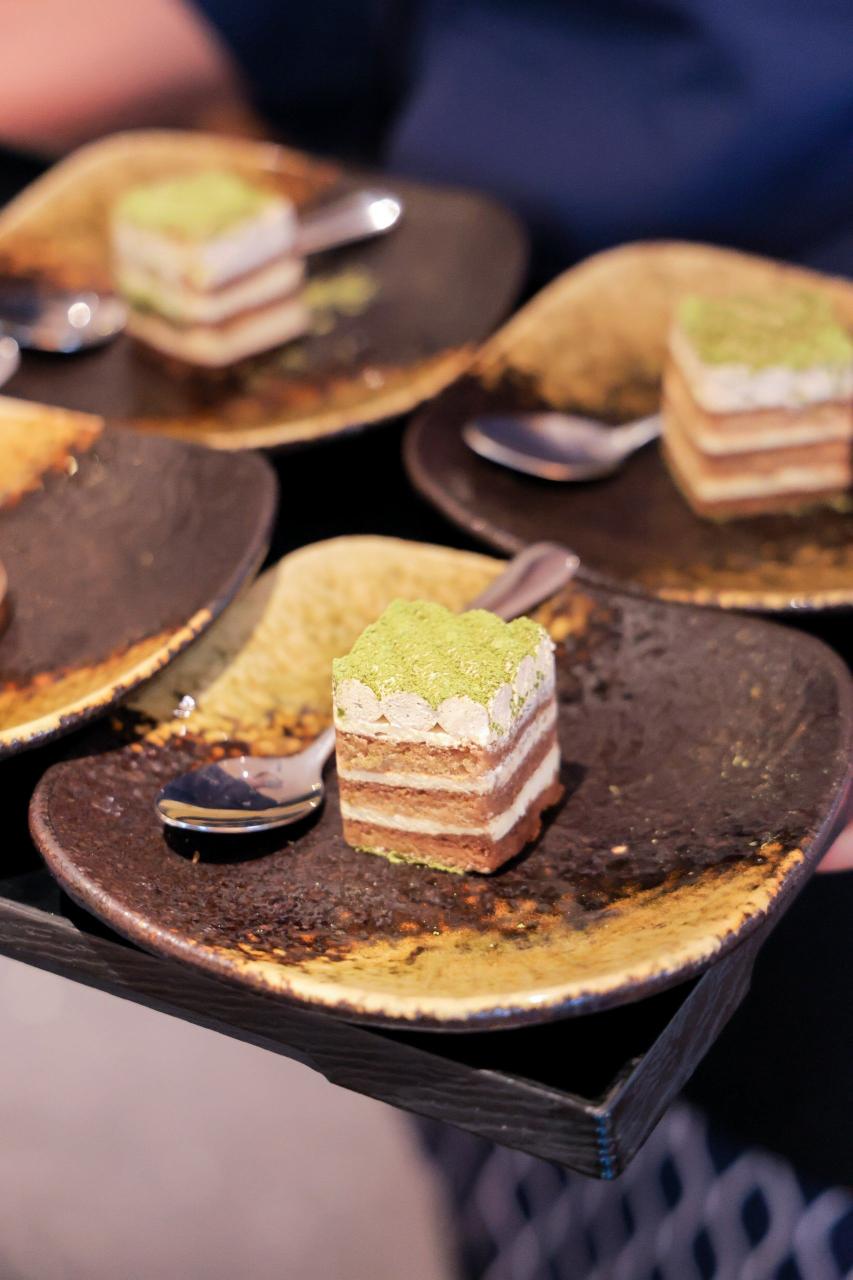
Mr. Huu Thien, a sales and distribution specialist for Japanese food in Ho Chi Minh City, shared: “Food from Kagoshima impresses us with its quality. Wagyu beef, orange croaker, and matcha all have delicious flavors, are easy to eat, and are suitable for Vietnamese tastes.”
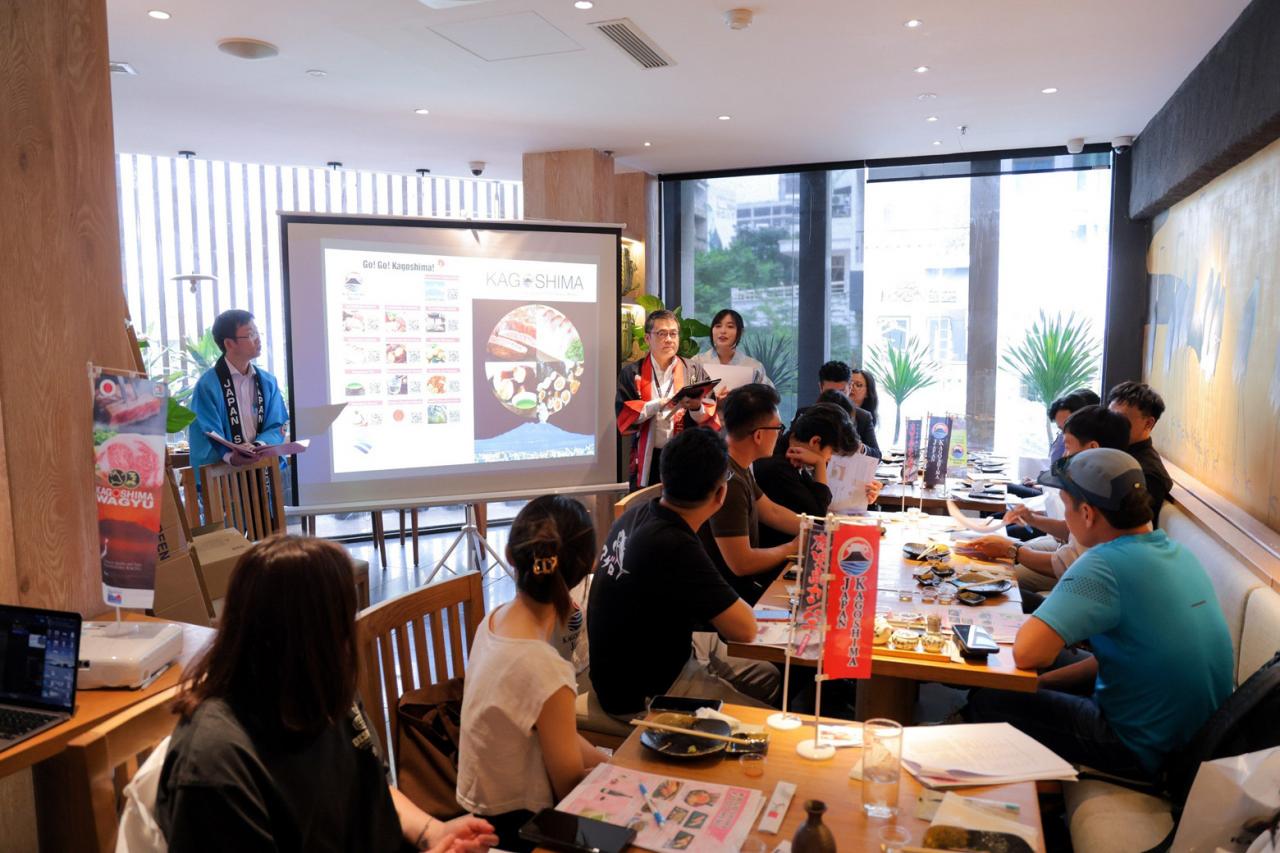
The Dinh
Source








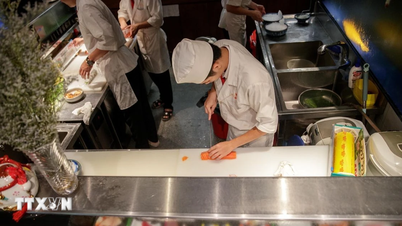



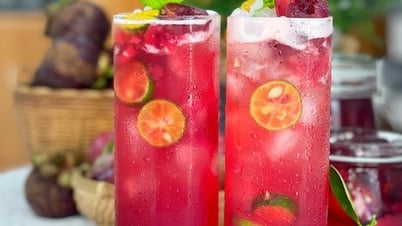

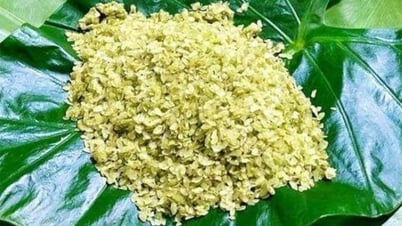








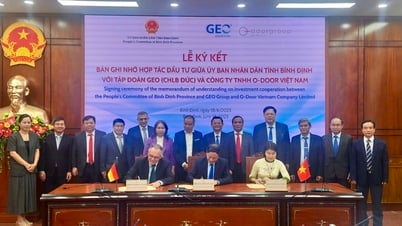



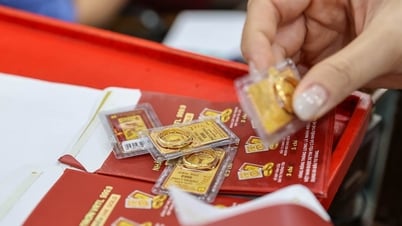
























![[Maritime News] Wan Hai Lines invests $150 million to buy 48,000 containers](https://vphoto.vietnam.vn/thumb/402x226/vietnam/resource/IMAGE/2025/6/20/c945a62aff624b4bb5c25e67e9bcc1cb)




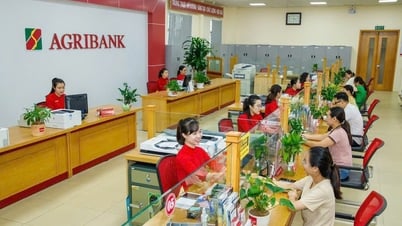
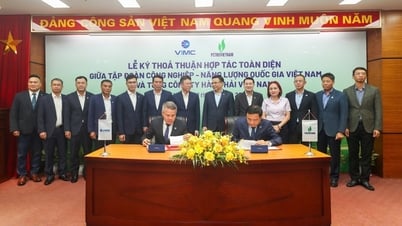






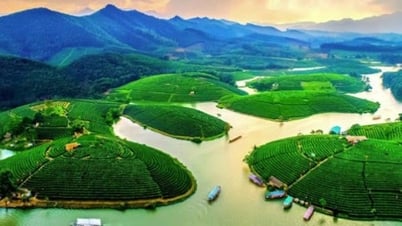

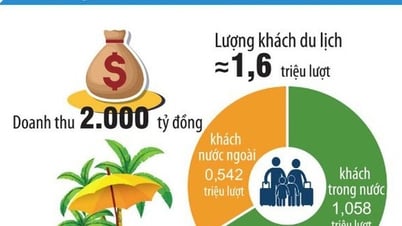
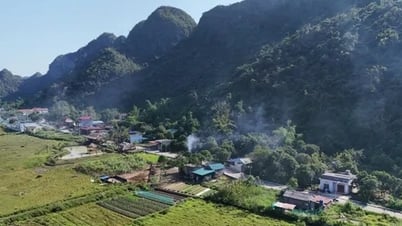
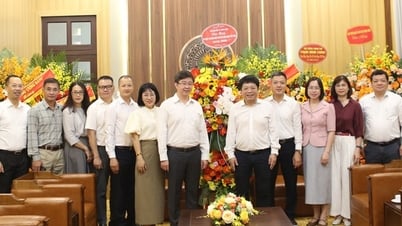





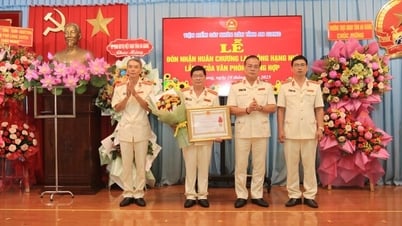

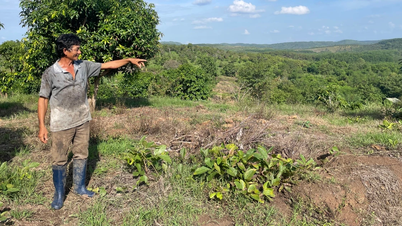

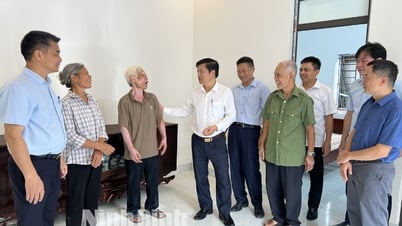

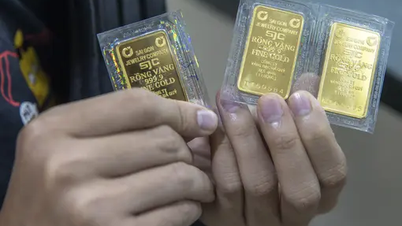
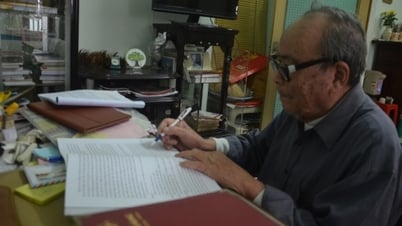












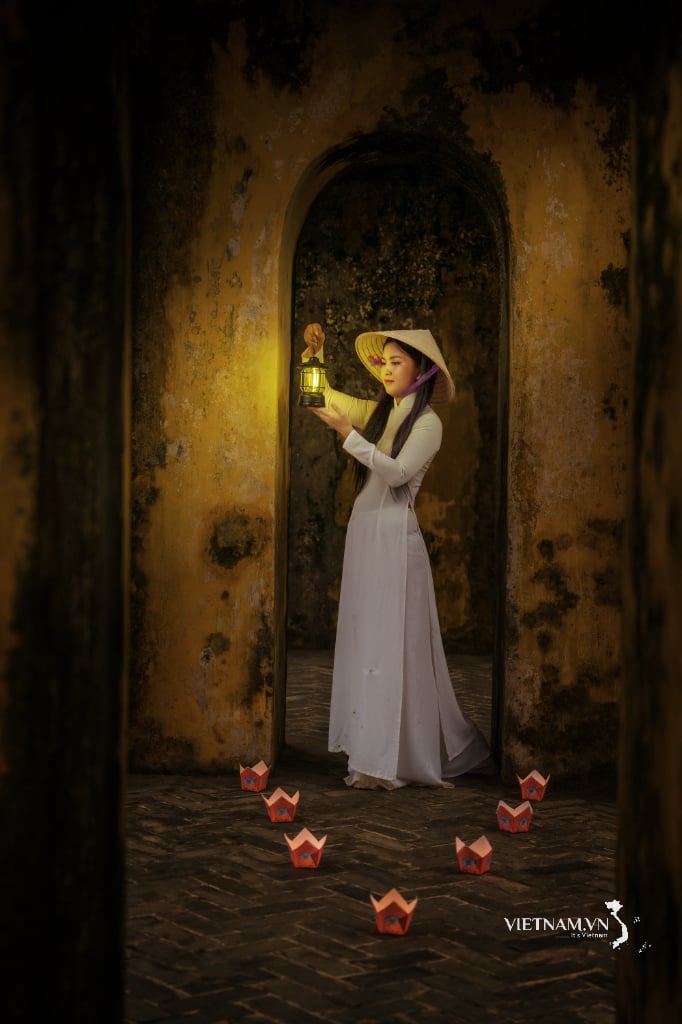
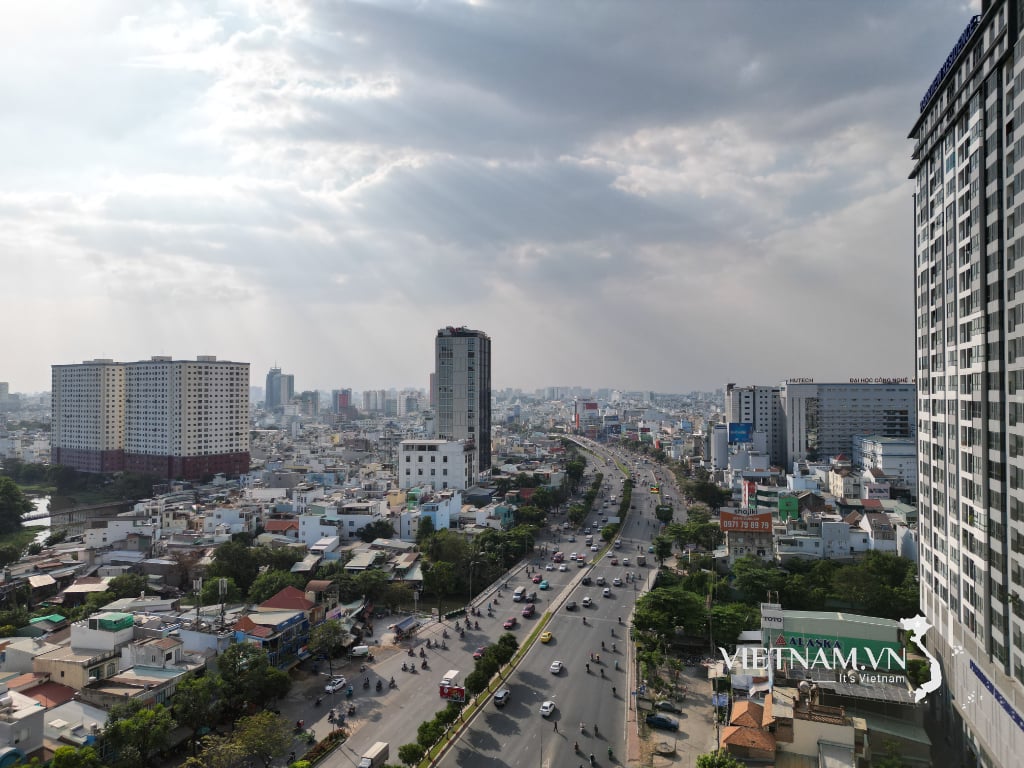
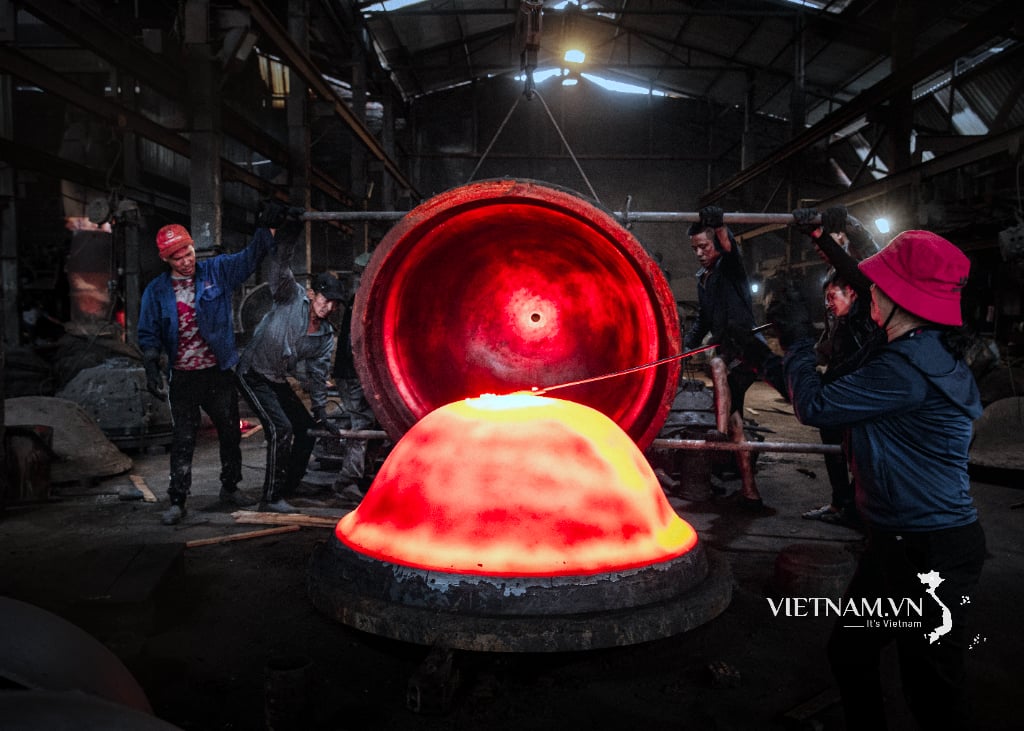

Comment (0)